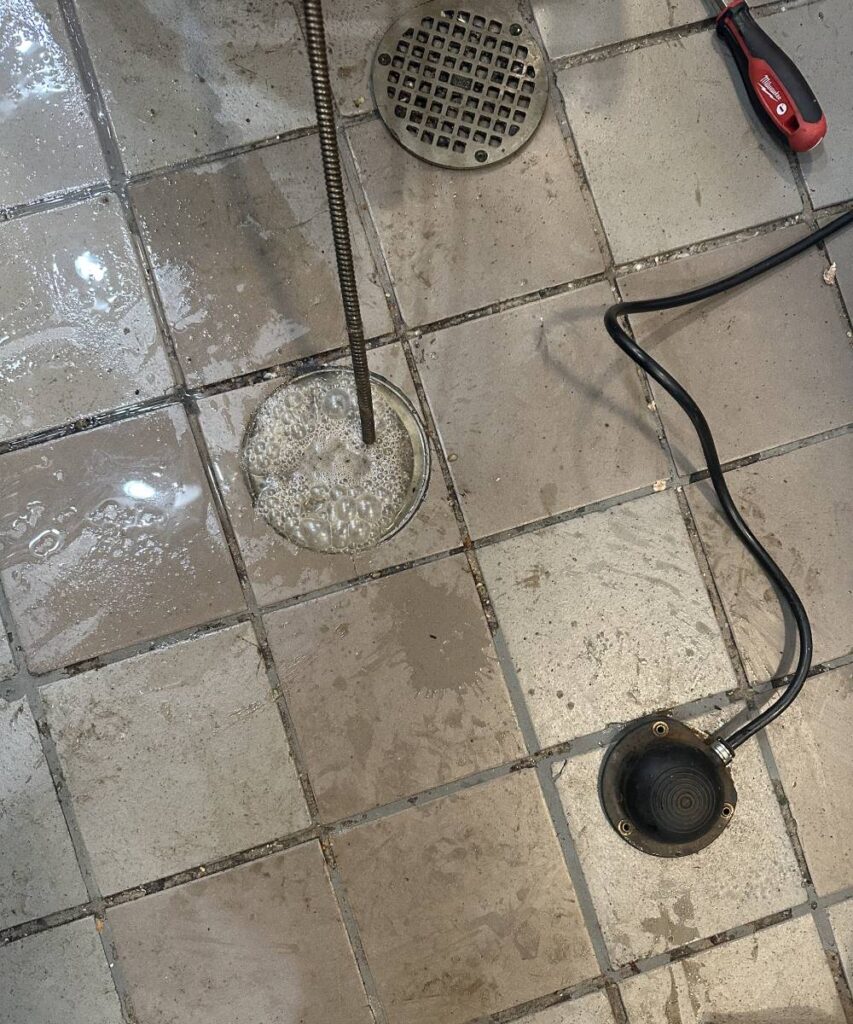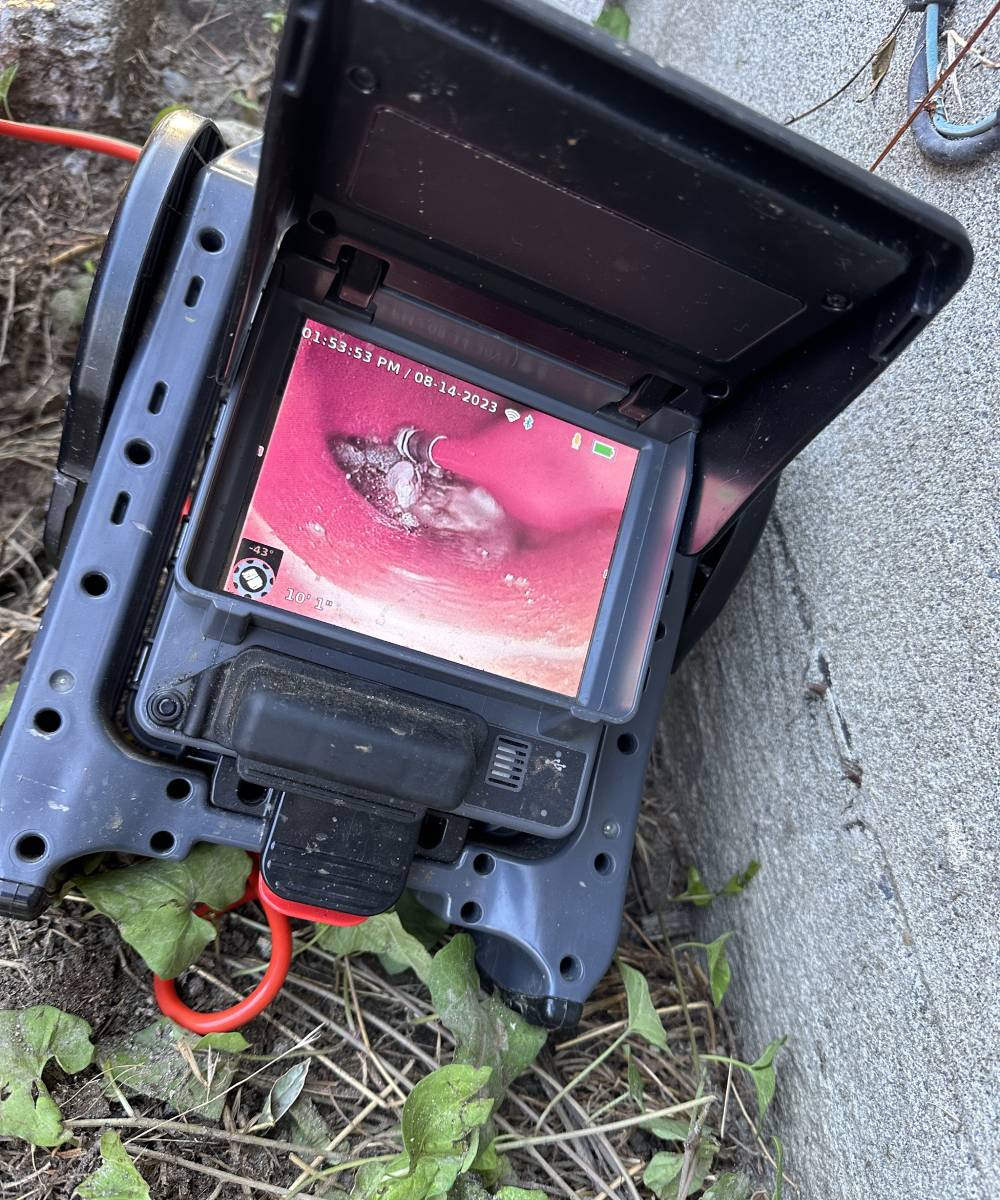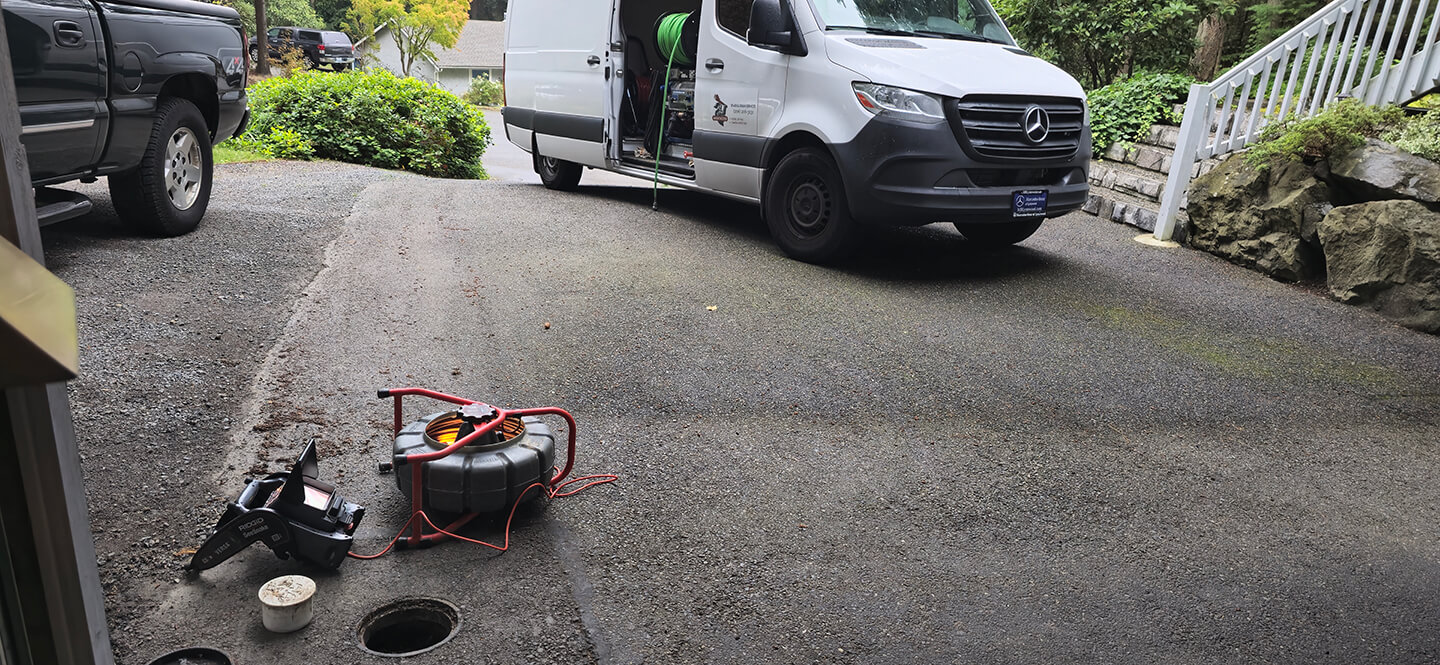Clogged drains can turn a peaceful family day into a stressful mess—standing water in the sink, foul odors, or even a flooded bathroom. In Seattle, where heavy rains can already strain plumbing systems, keeping your drains clear is crucial. At KnightRooter, we’ve seen how small, consistent habits can save families from costly repairs. This guide will walk you through practical, family-friendly steps to prevent drain clogs, empowering everyone in your household to contribute to a smoothly running home.
Why Drain Clogs Happen: Common Causes
Understanding why drains clog is the first step to preventing them. Here are the most common culprits:
- Hair and Soap Scum: In bathrooms, hair mixes with soap scum to form stubborn blockages, especially in showers and tubs.
- Food Scraps and Grease: In the kitchen, food particles and grease stick to pipes, creating a sticky buildup over time.
- Foreign Objects: Kids might accidentally (or intentionally!) flush toys, wipes, or other non-flushable items down the toilet.
- Aging Pipes: Older Seattle homes may have corroded or cracked pipes, making them more prone to clogs.
- Tree Roots: In outdoor drains, tree roots can invade pipes, especially during Seattle’s rainy seasons.
The Impact of Clogged Drains on Your Family
Clogged drains aren’t just an inconvenience—they can affect your family’s health, budget, and daily routine:
- Health Risks: Standing water can breed bacteria and mold, posing risks to your family’s health.
- Costly Repairs: A minor clog can escalate into a burst pipe or sewage backup, costing hundreds or thousands to fix.
- Stress and Disruption: A clogged drain during a busy morning or family gathering can throw your day into chaos.
By teaching your family to prevent clogs, you’re not just protecting your plumbing—you’re safeguarding your home’s harmony.

Step-by-Step Guide to Teach Your Family to Prevent Drain Clogs
Step 1: Educate Your Family About What Goes Down the Drain
Gather your family for a quick lesson on what’s safe for drains:
- Kitchen: Only water and small amounts of liquid should go down the sink. Scrape food scraps into the trash or compost, and pour grease into a jar to cool before disposal.
- Bathroom: Teach everyone that only toilet paper and human waste belong in the toilet. Items like wipes, cotton balls, and sanitary products should go in the trash.
- Visual Aid: Create a fun chart for kids showing “Drain-Friendly” vs. “Trash Bin” items.
Step 2: Create a Family Drain Maintenance Routine
Set up a weekly routine to keep drains clear:
- Flush with Hot Water: Once a week, pour a pot of hot (not boiling) water down each drain to dissolve grease and small debris.
- Clean Drain Stoppers: Assign a family member to clean drain stoppers and strainers weekly, removing hair, food, or soap scum.
- Schedule Checks: Every month, inspect drains for slow drainage—a sign of buildup—and address it early.
Step 3: Teach Kids to Use Drains Responsibly
Kids are often the biggest culprits of accidental clogs. Here’s how to guide them:
- Make It a Game: Turn drain care into a game—e.g., “Who can scrape the most food into the trash before washing dishes?”
- Set Rules: Teach them never to flush toys, crayons, or “experiments” down the toilet.
- Reward System: Offer small rewards (like a sticker chart) for following drain-friendly habits.
Step 4: Use Preventive Tools and Products
Equip your home with tools to stop clogs before they start:
- Drain Guards: Install mesh drain guards in sinks, showers, and tubs to catch hair, food, and debris.
- Enzyme-Based Cleaners: Use natural enzyme cleaners monthly to break down organic matter without harsh chemicals.
- Plungers: Keep a plunger in each bathroom for minor clogs—teach older kids how to use it safely.
Step 5: Lead by Example with Good Habits
As a parent, your habits set the tone:
- Demonstrate Proper Disposal: Show your family how you dispose of grease or clean strainers after every use.
- Talk About Costs: Explain how preventing clogs saves money for fun family activities, like a trip to the Seattle Aquarium.
- Stay Consistent: Stick to the maintenance routine yourself to reinforce its importance.
Natural Solutions for Minor Clogs
If a minor clog does occur, try these family-safe, natural remedies before calling a pro:
- Baking Soda and Vinegar: Pour ½ cup baking soda down the drain, followed by ½ cup vinegar. Let it fizz for 15 minutes, then flush with hot water.
- Hot Water and Dish Soap: For greasy kitchen clogs, mix a few tablespoons of dish soap with hot water and pour it down the drain to break up grease.
- Plunger Technique: Use a plunger with a good seal to dislodge small blockages—teach older kids to help with supervision.
When to Call a Professional: KnightRooter’s Expert Services
Some clogs require professional help, especially in Seattle’s older homes or during heavy rain seasons. KnightRooter offers:
- Drain Cleaning Seattle: Our team uses advanced tools to clear stubborn blockages safely and efficiently.
- Drain Maintenance Seattle: Schedule regular maintenance to keep your drains flowing smoothly year-round.
- Hydrojetting Seattle: For tough clogs or tree root intrusions, our hydrojetting services blast away debris with high-pressure water.
Contact KnightRooter today to keep your family’s plumbing in top shape—no mess, no stress!
Conclusion: Keep Your Drains Clear with KnightRooter
Teaching your family to prevent drain clogs is a small investment with big rewards—fewer plumbing emergencies, a healthier home, and more time for family fun in Seattle. By educating everyone, setting routines, and using preventive tools, you can keep your drains clear and your home running smoothly. For tougher clogs or regular maintenance, KnightRooter is here with expert drain cleaning Seattle, drain maintenance Seattle, and hydrojetting Seattle services. Contact us today to schedule a visit!
For professional and fast drain cleaning Bothell, drain cleaning Seattle, and drain cleaning Bellevue, contact KnightRooter. Our team is ready to provide the best solutions for your drain issues.





No comment yet, add your voice below!